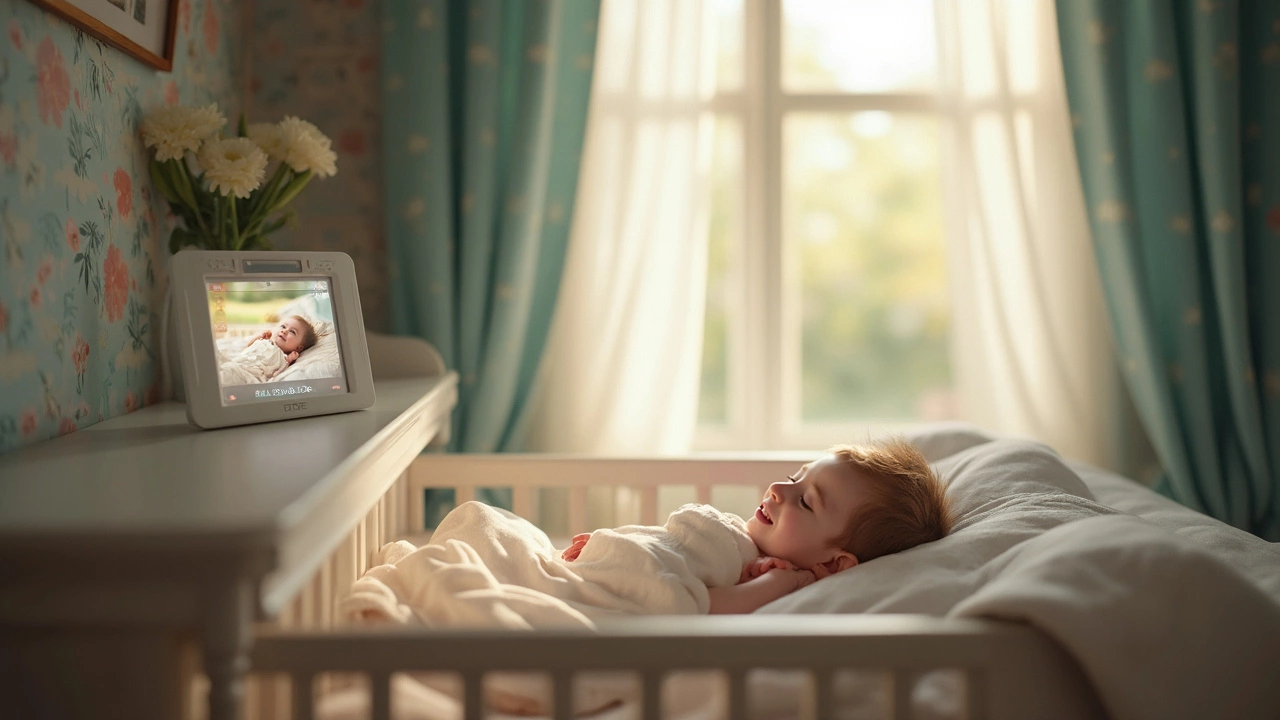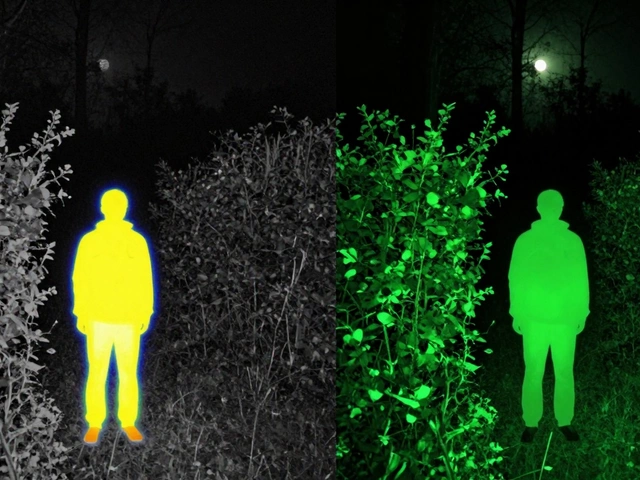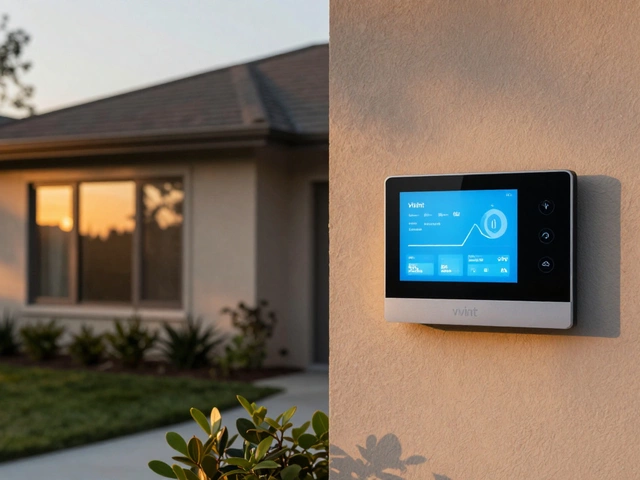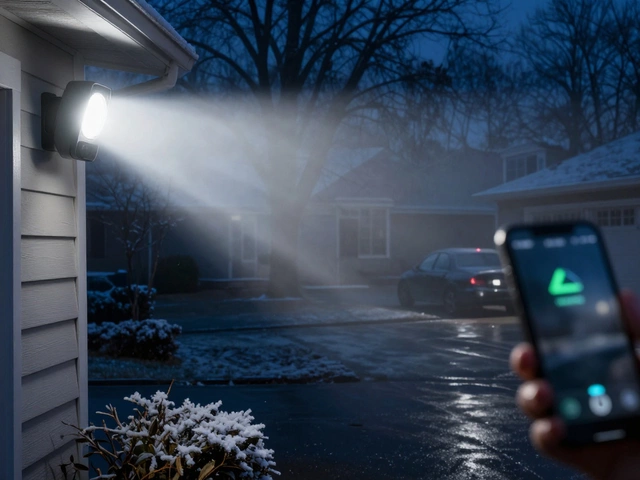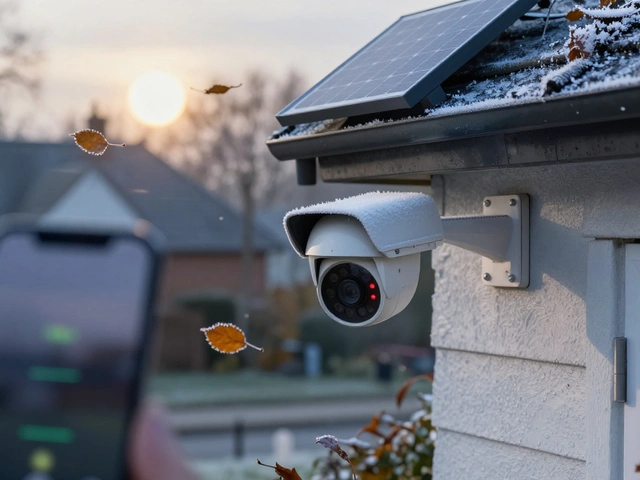So, you're a parent navigating the wonderful chaos of raising kids. Maybe you've got your eye on a baby monitor, or you already have one. But how long are you actually supposed to use it? Well, the short answer is: it varies. Some folks use it for just a few months, while others keep it handy until their kids are preschoolers.
For many parents, that trusty baby monitor becomes a staple in their parenting toolkit. But at some point, you start to wonder, is this thing still necessary? Let's break it down. A lot of parenting professionals suggest that continuing to use a monitor past the first year is pretty common. It’s mostly about peace of mind during those toddler years when they can suddenly decide climbing everything is their new hobby.
But hey, there's no one-size-fits-all answer here. It really comes down to what makes you and your family feel comfortable. You might decide to hang onto that monitor a bit longer if your kiddo's room is way down the hall, or if they're experiencing any sleep issues. On the flip side, some parents feel ready to unplug once their baby starts sleeping through the night without drama.
- Understanding Baby Monitor Usage
- Factors Influencing Monitor Duration
- Signs It's Time to Stop Using a Monitor
- Practical Tips for Parents
- Exploring New Features in Baby Monitors
Understanding Baby Monitor Usage
Alright, let's get into the nitty-gritty of how baby monitors fit into modern parenting. Back in the day, they were pretty basic—a microphone and a speaker. Fast-forward to now, and you've got tech like video, temperature sensors, and even movement trackers. All these tools give parents that extra pair of eyes and ears when they need it most.
Now, on average, most parents start using a baby monitor right from the newborn stage. It's like having a comfort blanket that lets you keep tabs on your little munchkin while you get a moment to yourself. The intense use usually lasts over the first year, aligning with those critical sleeping milestones.
What's also interesting is how the decision to continue use hinges on several factors. Families with multiple floors or those living in larger homes may rely on monitors longer than those with smaller living spaces. The monitor acts like a magical leap through space, giving you immediate info without making the trek across the house.
Let’s look at a few points parents mainly consider when using baby monitors:
- Safety: Ensuring your child is safe in their sleep or play environment.
- Convenience: Allows you to multitask without constantly checking on the baby.
- Peace of Mind: Helps ease the anxiety of being unaware of your baby’s status.
These days, people debate the 'how long is too long' question. Some parents ditch the baby monitor by the time space travel seems easier than getting a full night's sleep, while others hang onto it until the toddler stage. It's all about what works best for your family’s situation and comfort zone.
Factors Influencing Monitor Duration
Alright, so you're trying to figure out how long to keep that baby monitor running. There's no magic formula, but a few key factors can guide your decision. Let's dig into what might affect how long you'll find that monitor useful.
First up, your child's age plays a big role. Most parents feel comfy cutting the cord on the baby monitor usage once their kid consistently sleeps through the night. But if you've got a toddler climbing out of bed or prone to nighttime escapes, keeping the monitor longer might save you some late-night heart attacks.
The layout of your home is another biggie. If your kid's room is far from yours, that piece of tech might just be your best buddy. It’s all about distance and the peace of mind it brings. No one wants to sprint across the house at every cough or rustle.
Let's not forget about your kid's sleep routine and any special needs. A baby with a history of sleep apnea or other health concerns might mean the monitor sticks around for extra reassurance. Everyone's situation is unique.
Take into account your personal comfort level, too. Some parents are naturally more anxious and like the check-in potential the monitor provides. Others might feel fine letting their little ones snooze uninterrupted.
Finally, budget considerations can sneak into the decision-making process. Those monitors can pack some serious tech these days, with price tags to match. If you’ve splurged on one with all the bells and whistles, you might want to get your money's worth!
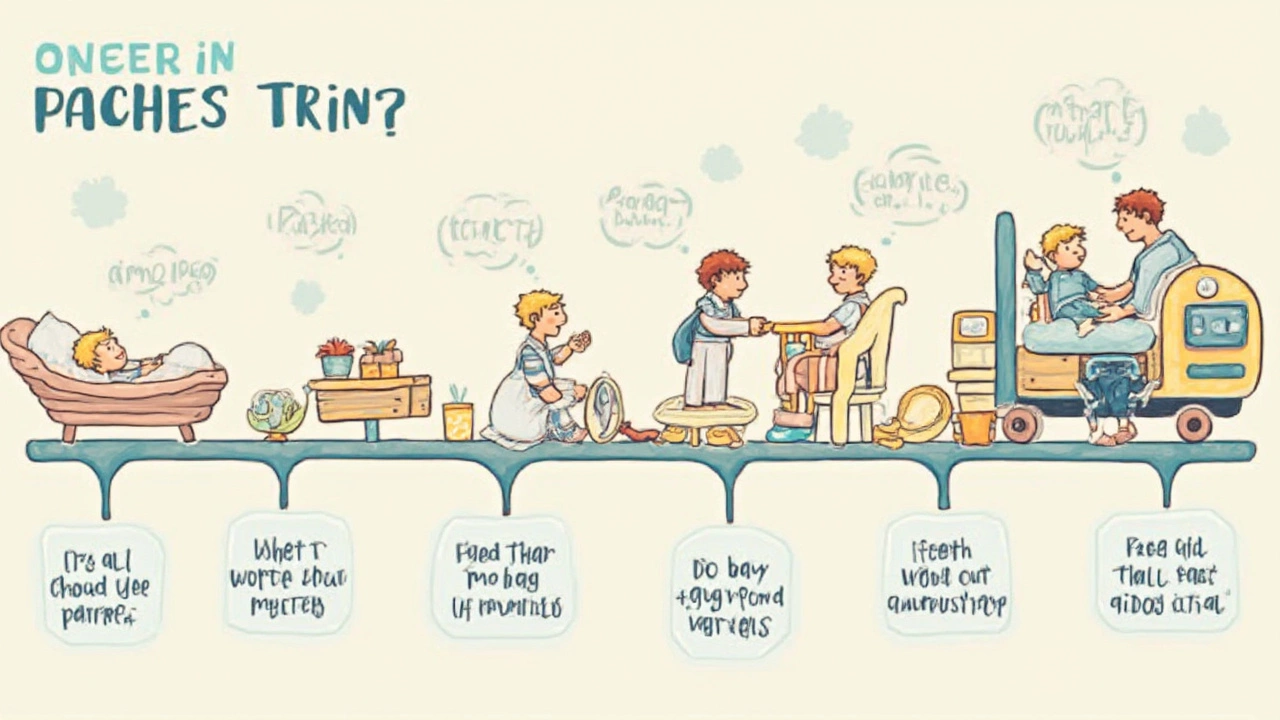
Signs It's Time to Stop Using a Monitor
So, here's the deal. At some point, you might find yourself wondering if it's time to say goodbye to that beloved baby monitor. Knowing when to quit isn't always clear-cut, but there are some pretty obvious signs that can help you make the call.
First up, think about your child's age and independence. If your little one is confidently toddling around and sleeps soundly through the night, you might not need to peek at the monitor every other minute. For many parents, once their child hits around 2 to 3 years old, the monitor's job is mostly done. By then, you've probably developed a sixth sense about your kid's sounds and habits anyway.
Another telltale sign is how both you and your child react to the night noise. If the monitor's constant buzzing keeps you on edge more than it reassures you, it might be time for a break. Plus, if it becomes clear that your child values a bit of privacy or seems to be getting disturbed by any interference, that's a clue to reconsider.
Next, consider your living setup. If your home is small or your child's room is close by, you could probably hear your child without the tech. Some parents find that just using regular audio or even nothing at all works perfectly fine once their child is a bit older.
Also, think about night-time awakenings. If those night visits to your room have become less frequent, and your toddler has mastered the art of climbing out of bed without an epic production, it might be safe to let the monitor go.
The best advice? Trust your instincts. You know your child and situation best. Set it aside for a week, see how you feel, and go from there. Remember, making this switch is just another step in the journey of parenting and giving your kid a bit of independence.
Practical Tips for Parents
If you're grappling with how long to use your baby monitor, you're not alone. Here are some handy tips to help you decide when it's time to put the monitor away or keep it around a little longer.
- Trust Your Instincts: One of the best guides is your gut feeling. If it helps you sleep better knowing you can hear your little one's every move through the monitor, then keep it for a while. But if you find yourself waking up more often just because you heard a tiny noise, it might be time to ease off.
- Adapt as They Grow: A newborn has different needs compared to a toddler. As your child grows and their sleeping patterns change, reassess whether you still need to listen in throughout the night. For some, the baby monitor becomes less crucial as their child begins to sleep more soundly.
- Consider Room Layout: If your child’s room is far from yours, a monitor might still be useful. But if your homes have thin walls or their room is just across the hallway, you might not need it as much after the first year.
- Monitor Features: Modern baby monitors come with a ton of features, like breathing sensors and room temperature monitors. These can be lifesavers for nervous parents, and deciding which features you actually need can affect how long you use the monitor.
- Coordinate with your Partner: Talk it over with your partner. Sharing your thoughts and concerns can help both of you come to a decision together about what's best for your family.
If you're a numbers person, here's a quick snapshot:
| Child's Age | Common Monitor Usage |
|---|---|
| 0-6 Months | Essential for many parents |
| 6 Months - 1 Year | Still widely used, especially if sleep routines are unpredictable |
| 1-2 Years | Usage often decreases, but many continue to use for peace of mind |
| 2+ Years | Depends on individual preference and child's independence |
Whatever you decide, remember there's no right or wrong. It's all about your comfort and what works best for your family. Plus, there's no harm in keeping it a bit longer if it's going to give you that extra sense of security!
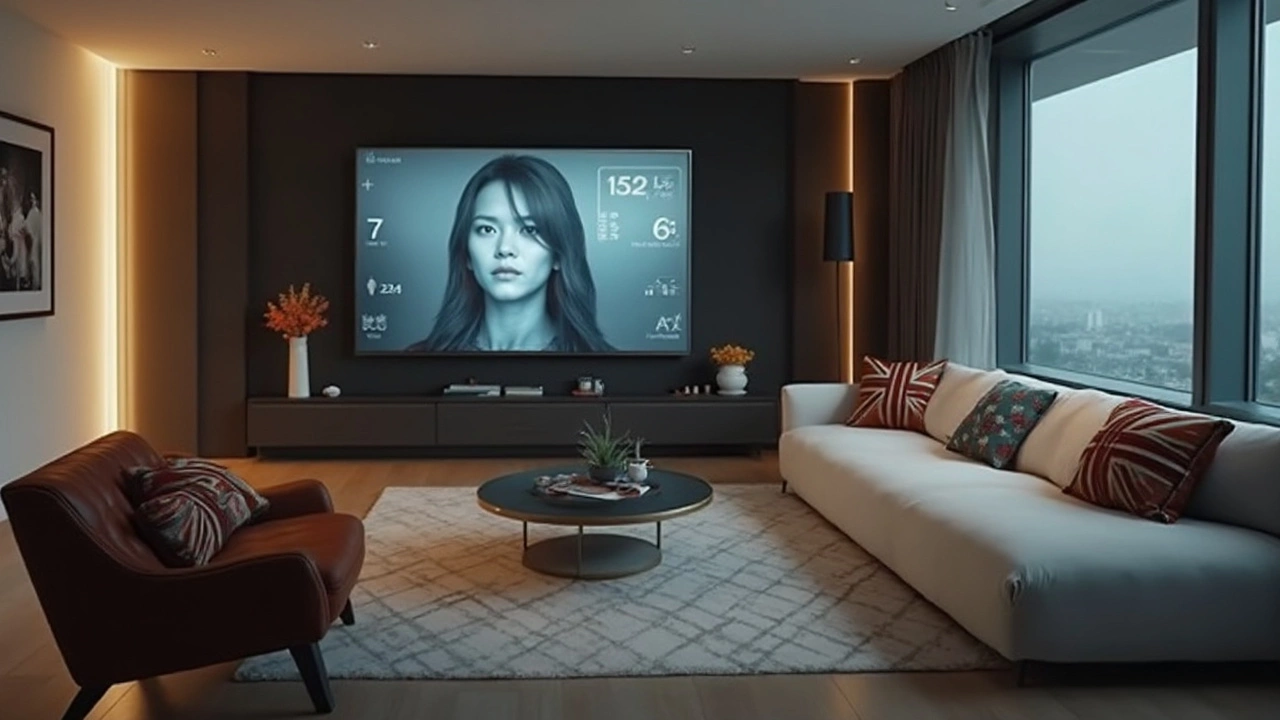
Exploring New Features in Baby Monitors
Baby monitors have come a long way from simply letting us hear if the baby is awake. These days, they're packing features worthy of a tech-loving parent's dreams. Let’s dig into some of the coolest new advancements that could have you considering using a baby monitor a little longer.
First up, you have video monitors with HD cameras. This means you won't just hear your little one cry — you can see exactly what they're up to, in crystal-clear detail. Some even pan, tilt, and zoom, giving you a full view of the room. Handy for those late-night ‘is he sleeping or is he playing rock concert in there?’ moments.
Temperature sensors are another neat feature. These bad boys let you know if the nursery is too hot or cold, which could help keep sleep disruptions at bay. We all know comfy kids sleep best, right?
Two-way audio is also gaining popularity. Imagine comforting your baby with your voice without stepping foot in the room. Magic! It's not exactly the same as cuddles, but sometimes, it’s enough to hear you say 'shh, it's okay'.
Then there are monitors with connectivity to your phone through apps. Gone are the days when you'd worry about being out of range. As long as you’ve got Wi-Fi, you can keep an eye on your child while catching up on errands or sipping coffee with a friend next door.
| Feature | Benefit |
|---|---|
| HD Video | See your child clearly, day and night |
| Temperature Sensors | Ensure perfect room conditions for sleep |
| Two-Way Audio | Comfort your child with your voice remotely |
| App Connectivity | Monitor from anywhere with a Wi-Fi connection |
So, is it worth upgrading or extending the use of your baby monitor? With these new features, it might just be. They can provide peace of mind, more control, and let you communicate from afar, making this gadget not just useful for images and sounds, but a tool of modern parenting.

